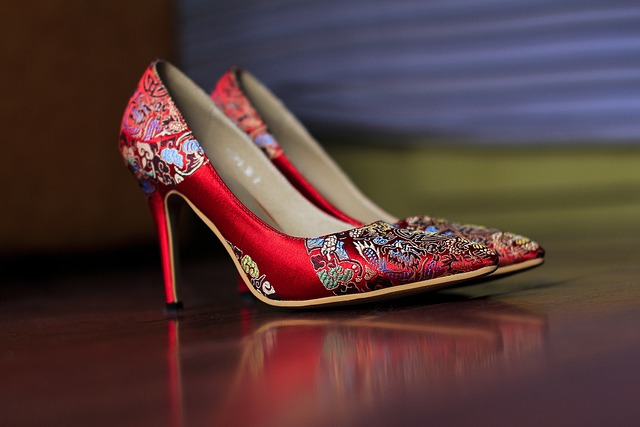High Heels: Styles, Comfort, and Trend Insights
High heels remain a prominent footwear choice for many occasions, combining aesthetic height with a range of designs from delicate stilettos to chunky platforms. This article explains what high heels are, how different heel types — including Cuban heels and heeled boots — affect comfort and style, and how trends shape what people wear. It also looks at materials, fit considerations, and practical tips to balance appearance with foot health and long-term wearability.

high heels: definition and common types
High heels generally raise the heel of the foot higher than the toes, changing posture and silhouette. Common types include stilettos (tall, narrow heels), block heels (wider, more stable), wedges (continuous sole underfoot) and platform heels (raised sole at the front). Heel height, placement, and platform depth all influence comfort and gait. When choosing a pair, consider heel height relative to your typical activities and the shoe’s stability; a broader heel or platform often reduces pressure on the ball of the foot.
shoes and materials to look for
Materials and construction directly affect how a shoe feels and performs. Look for shoes with cushioned insoles, breathable linings, and supportive shanks (the midsole structure that stabilizes the arch). Leather and high-quality synthetic uppers tend to conform to the foot over time, while rigid materials can create pressure points. Proper sizing is essential: a snug heel counter and enough toe room reduce slipping and blisters. This article is for informational purposes only and should not be considered medical advice. Please consult a qualified healthcare professional for personalized guidance and treatment.
Cuban heels: design and versatility
Cuban heels are characterized by a short-to-medium height, a slightly tapered back, and a blocky base that offers more support than a stiletto. Originally seen on both men’s and women’s dress shoes and boots, they are commonly used for boots, loafers, and some dress shoes. Cuban heels pair well with tailored trousers, midi skirts, and casual denim, providing a refined profile without excessive height. Their sturdier silhouette makes them a practical choice for people seeking classic style with better balance and traction than very narrow heels.
heeled boots: styling and seasonal use
Heeled boots range from ankle booties with a low block heel to knee-high styles with slim heels. They are versatile across seasons: leather or suede heeled boots work well in colder months, while lighter materials suit transitional weather. When styling, consider proportion: cropped pants and skirts can showcase an ankle boot, while tall boots streamline leg lines under dresses. For daily wear, opt for mid-height, wider heels for improved stability, and consider rubber or textured soles for better grip in wet or slippery conditions.
trend cycles and practical tips
Heel fashions change with broader trend cycles: narrow stilettos, chunky platforms, and retro-inspired shapes like Cuban heels re-emerge periodically. Rather than chasing each hype, prioritize a small range of pairs that match your lifestyle—one supportive heeled boot, a moderate dress heel, and a casual elevated shoe. Maintenance extends wear: rotate pairs, use protective sole guards, and replace worn insoles. If attending events that require extended standing or walking, plan for lower heels or bring flats to change into when possible.
Choosing high heels involves balancing style goals with comfort and foot health. Pay attention to materials, fit, heel shape, and the context in which you’ll wear them. Options such as Cuban heels and heeled boots provide stylistic variety without always pushing extreme height, while thoughtful construction and maintenance enhance longevity. With informed choices, heels can be a functional and expressive element of a wardrobe, adaptable across seasons and trends.






